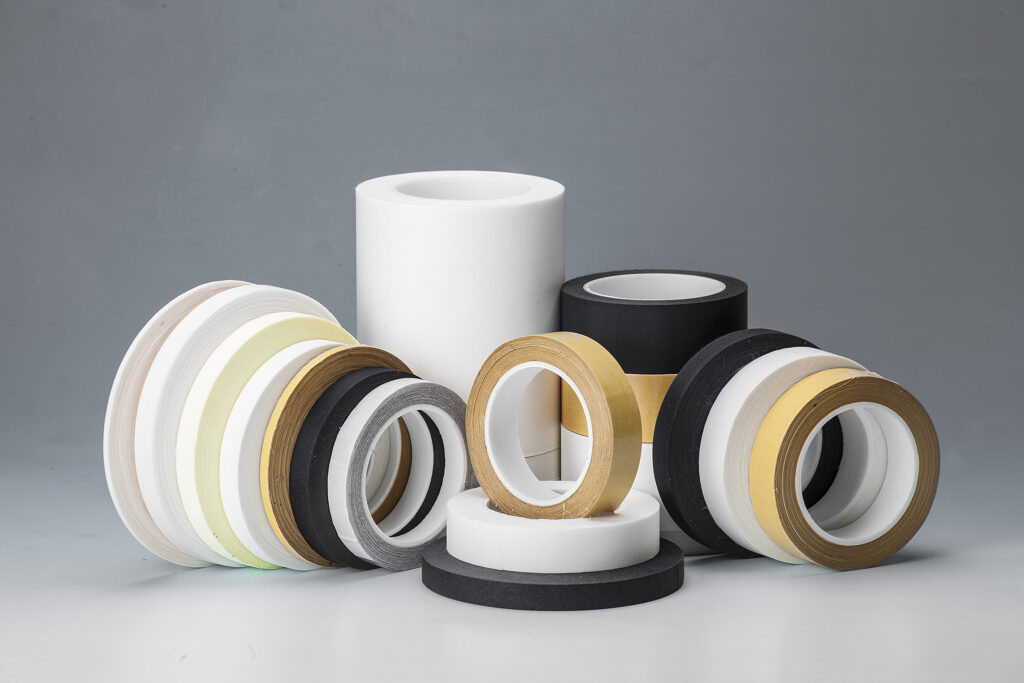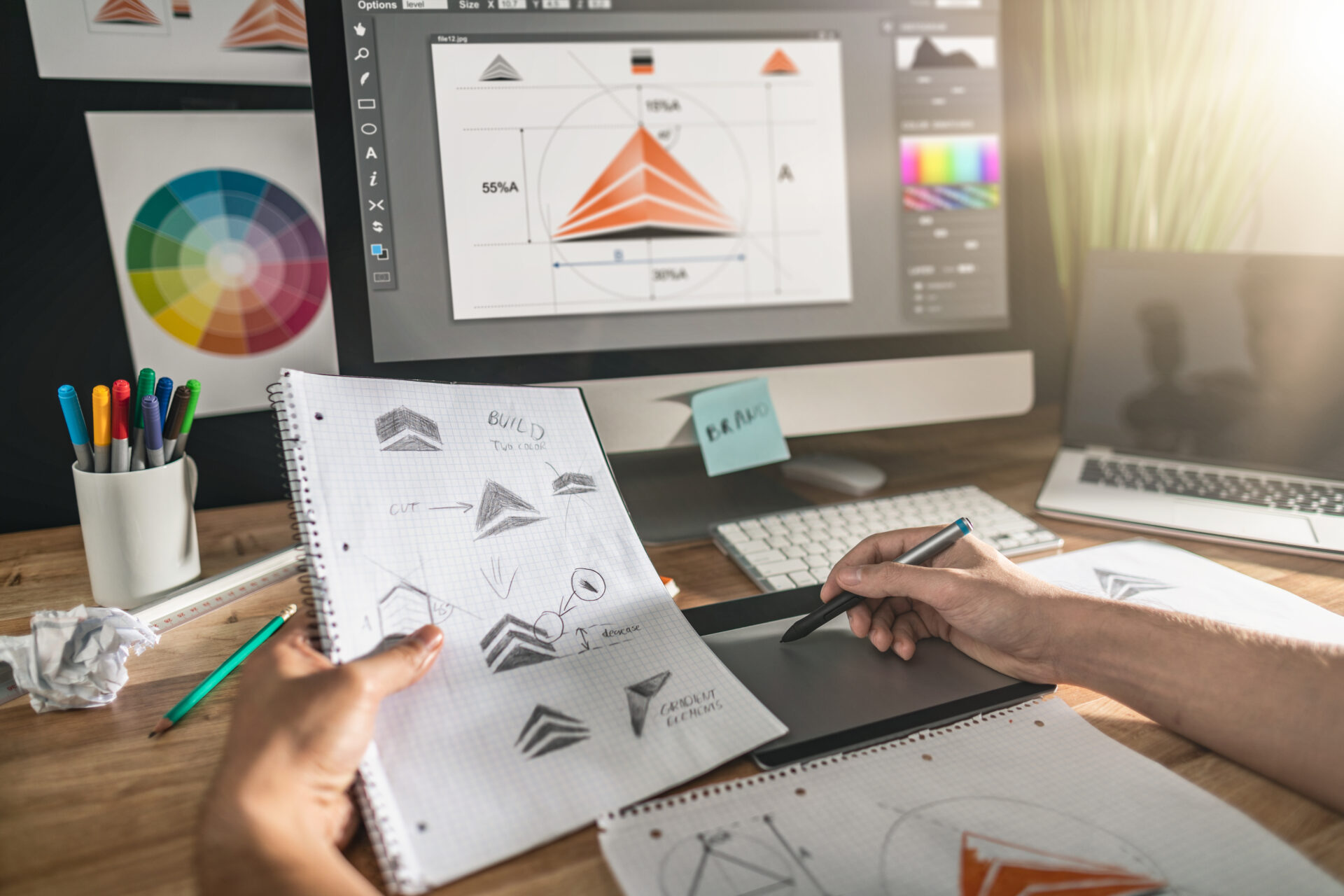In a world where the relentless pursuit of efficiency often comes at the cost of creativity, have we become too reliant on traditional methods to fuel innovation?
How many times have we seen this movie? A design team, tasked with creating a groundbreaking marketing campaign, spends months brainstorming, sketching, and refining.
Despite their efforts, the result is a polished yet predictable product.
It’s a scenario all too familiar, reflecting an industry bound by the notion that great design requires time, human touch, and, inevitably, significant resource investment.
But what if there’s another way?

The Unconventional Path: Embracing AI in Design
This article was partially inspired by an interview with Billy Seabrook, IBM’s global chief design officer, published in Computerworld.
This journey begins not with a sketchpad and pencil but with a bold step into the future of design.
Enter Adobe Firefly and IBM’s daring venture into generative AI (GenAI) for image creation.
- The Initial Spark: IBM’s “Let’s Create” marketing campaign, fueled by Firefly, produced 200 visual assets that broke the mold. From a question mark in flower petals to chain link textures, the campaign showcased a variety of textures and colors, challenging the traditional time-consuming design process.
- Speed and Efficiency Redefined: The use of Firefly transformed what could have been a months-long endeavor into a rapid, efficient production. This shift illustrates a pivotal principle: leveraging genAI can dramatically speed up creative processes without sacrificing quality.
- Expanding Creative Horizons: Beyond mere speed, Firefly enabled designers to explore a broader range of ideas, pushing the boundaries of creativity. This exploration phase is crucial for innovation, allowing teams to prototype and iterate with unprecedented flexibility.
- From Ideation to Execution: The real magic happens in the transition from concept to creation. Firefly not only facilitated the initial brainstorming but also played a key role in refining and producing the final assets, showcasing the tool’s versatility across the creative process.
- The Human-AI Partnership: Despite automation fears, IBM’s experience highlights a complementary relationship between designers and AI. This partnership doesn’t diminish the designer’s role but rather elevates it, enabling creatives to focus on strategic, high-impact work.
Facing the Skeptics: Overcoming Challenges
Adopting AI in creative work isn’t without its hurdles. Critics argue that genAI might homogenize creativity or diminish the designer’s role.
Yet, IBM’s journey with Firefly reveals a different story—one where AI acts as a catalyst for creativity, not a replacement.
The key lies in the strategic integration of AI, leveraging its strengths to enhance human creativity and intuition.

The Future Unleashed
IBM’s foray into AI-assisted design with Adobe Firefly is more than a successful campaign; it’s a beacon for the future of creativity.
This approach demonstrates that embracing AI can lead to more efficient, innovative, and impactful design work.
- Efficiency Meets Innovation: The synthesis of AI and human creativity heralds a new era where efficiency and innovation coexist, enabling designers to achieve more with less.
- A New Role for Designers: Far from making designers obsolete, AI like Firefly redefines their role, emphasizing strategy, curation, and innovation over manual tasks.
- Empowering Small Teams: With AI’s assistance, smaller teams can tackle larger projects, fostering a more focused and agile approach to design.
- Continuous Improvement: As AI technology evolves, so too will its integration into the creative process, promising even greater advancements in design capabilities and applications.

A Call to Creative Arms
IBM’s story is more than a case study; it’s a call to action for designers, marketers, and creative professionals everywhere. By embracing AI tools like Firefly, the creative industry can unlock new levels of efficiency, innovation, and impact. It’s time to challenge the status quo, to reimagine what’s possible when humans and machines collaborate.

Experienced Machine Learning, Artificial Intelligence, Data Strategy, Information Technology, and Shared Services Executive
Things that matter:
• five largest ML models created at P&G, with over 10,000 pipeline runs/year
• initiated and operated THE data labeling platform and services for ML at P&G, with 300+ projects and millions of annotations on the platform
• Generative AI strategy for the Global Business Units Shared Services for the Brand, R&D, Manufacturing, Supply Chain, Master Data + eComm functions
• Product Management leadership for enterprise-wide Cloud applications combining data and AI
Education
Harvard Business School Executive Education: Artificial Intelligence (Competing in the Age of AI).
Northwestern University: Executive Strategies to Unlock Enterprise Value in Artificial Intelligence
University of Bucharest: Master of Computer Science from the Faculty of Mathematics
CIIM – Master of Business Administration (MBA) with a focus on Finance
Key Certifications:
AWS Certified Machine Learning – Specialty
Azure ML Artificial Intelligence Certification
Data Camp Certified Data Scientist (Python Track)





